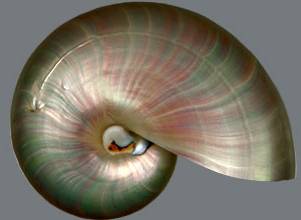|
Many species of mollusc have hard external coverings, commonly known as "sea
shells", even though there are also a number of fresh-water mollusc species with
shells and snails with shells that live on dry land. Turtles and tortoises also
have shells. In general, because the animal is attached to its shell, it has
become less mobile. However, the shell provides protection and also serves as an
external skeleton for these animals. Of course, some predators have developed
techniques for separating the shell-dweller from its shell.
Although many of these creatures have been particularly successful to date,
having survived over millions of years, shelled animals have also been adversely
affected by human activities:
- loss of breeding habitat. Turtles are also frequently killed when crossing
roads.
- fresh-water molluscs are affected by declining water quality
- over-consumption of edible molluscs
- pollution threatens species that live in fresh water
|

Image Courtesy: National Science Foundation
|

![[home]](gsbann.gif)